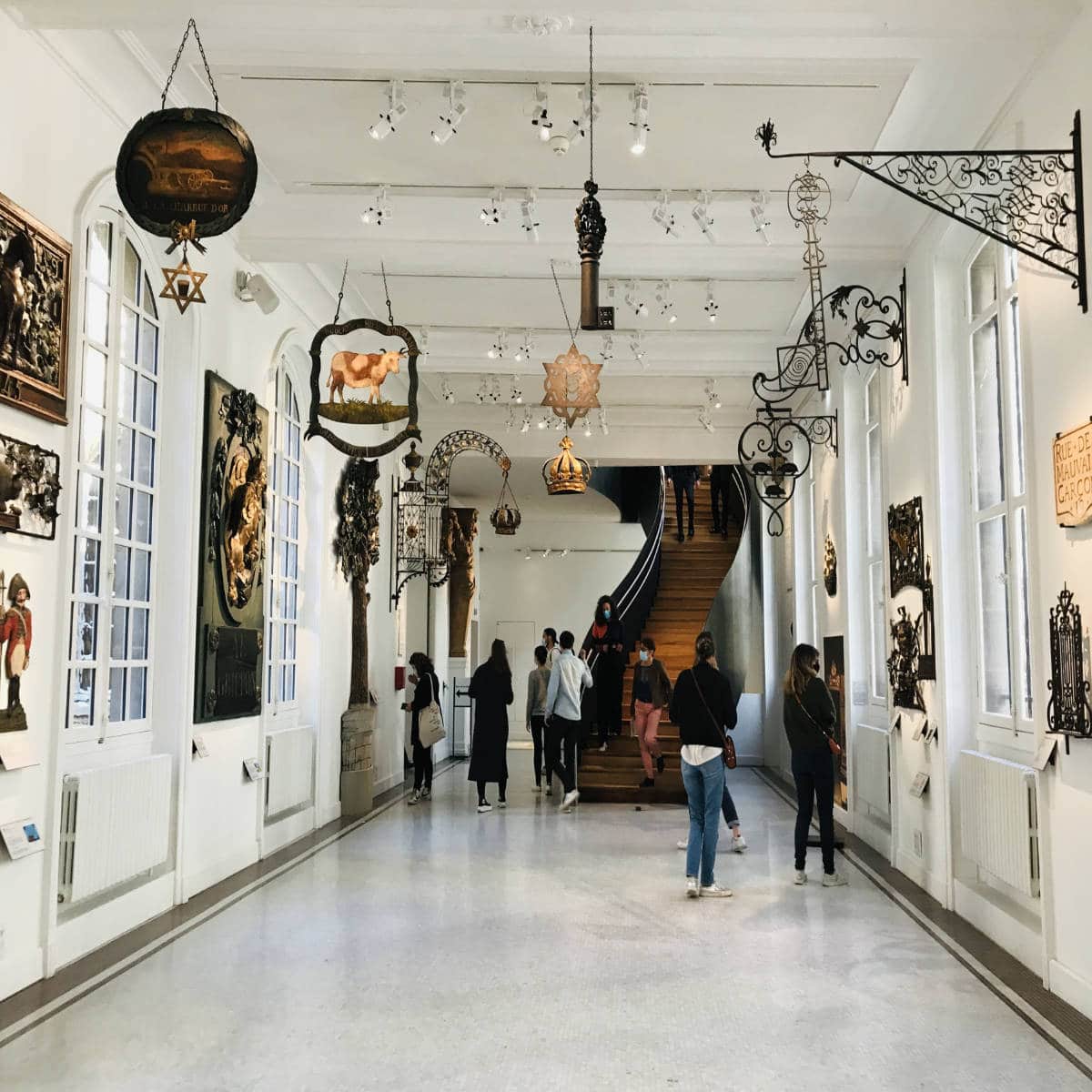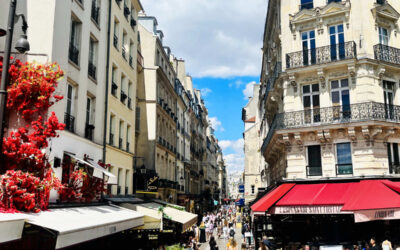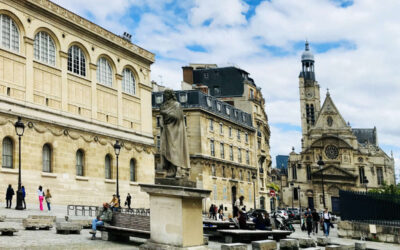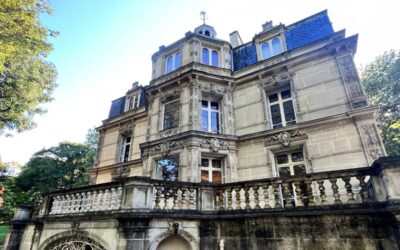Paris is a city that has known more than its fair share of history. Dating back beyond the Gallo-Roman period, the city has experienced wars, revolutions, and more. If you are looking to indulge in your curiosity the history of Paris, you have to pay a visit to the Musée Carnavalet in the Marais district.
Located within a 10 minute walk from the Hotel de Ville (the city’s townhall) in the 3rd arrondissement, this museum was the first municipal museum in the city of Paris. Its’ permanent collection is also free to visitors, making it a popular tourist destination.
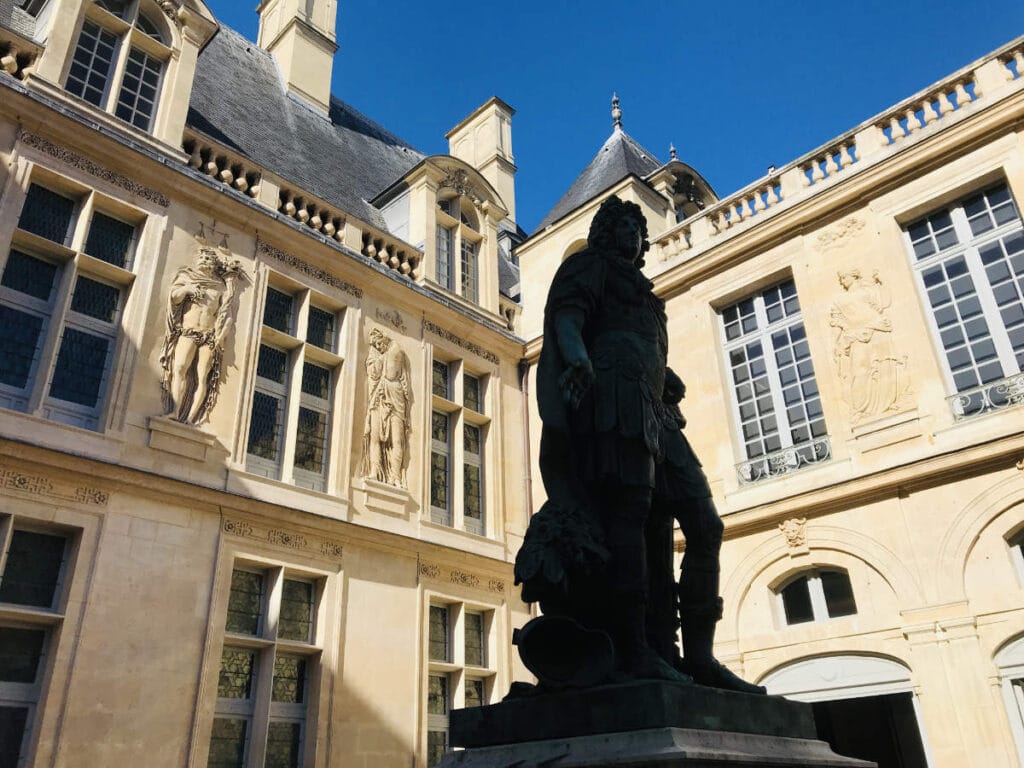
The museum tells the story of Paris through photos, models and maps. As well as the permanent collections there are regular temporary exhibitions, giving you a great chance to get a glimpse into the history of France and how its capital evolved over time.
In addition, the museum is housed in what was previously a former hotel particulier (meaning “private mansion”), giving great insight into how wealthy nobility lived. There are very few hotel particuliers remaining these days in Paris, making this sort of luxury quite inaccessible to most folks.
So let’s have a look at a few highlights and see what there is to explore at the Musée Carnavalet, shall we? Allons-y!
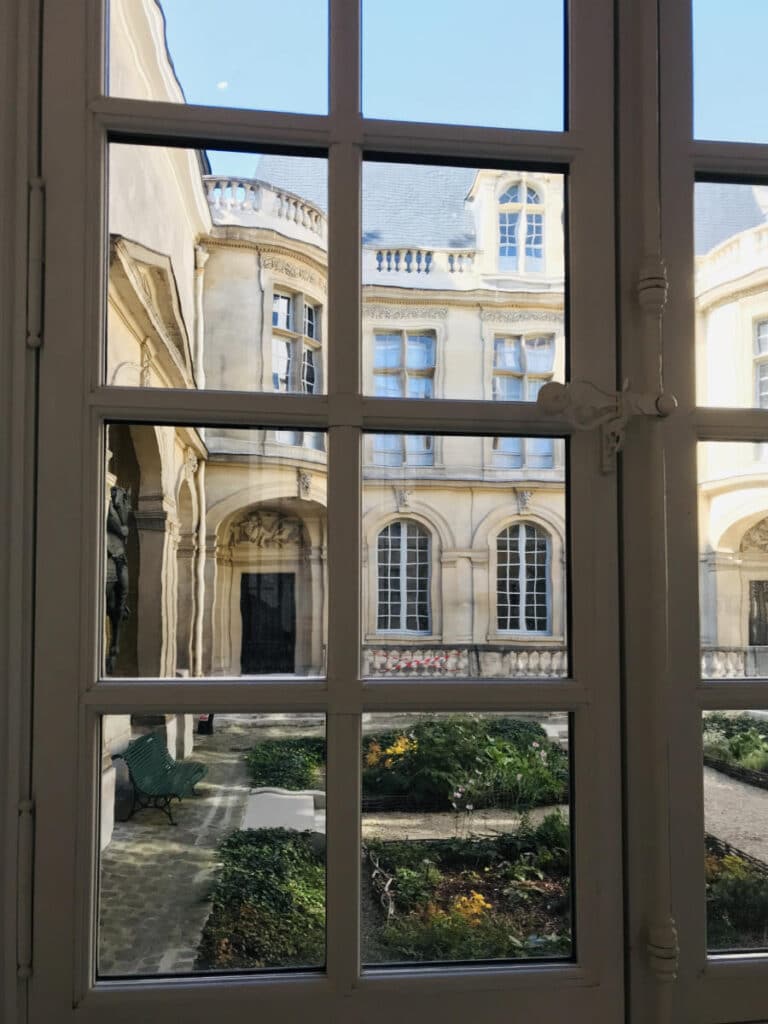
Hôtel Carnavalet and Hôtel Le Peletier de Saint Fargeau
The Carnavalet museum is housed two charming hotel particuliers (meaning “mansions”) that are next door to each other.
The Hôtel Carnavalet was built in the mid-16th century and was built for the President of the Parliament of Paris, Jacques de Ligneris. It is sometimes called Hôtel de Ligneris.
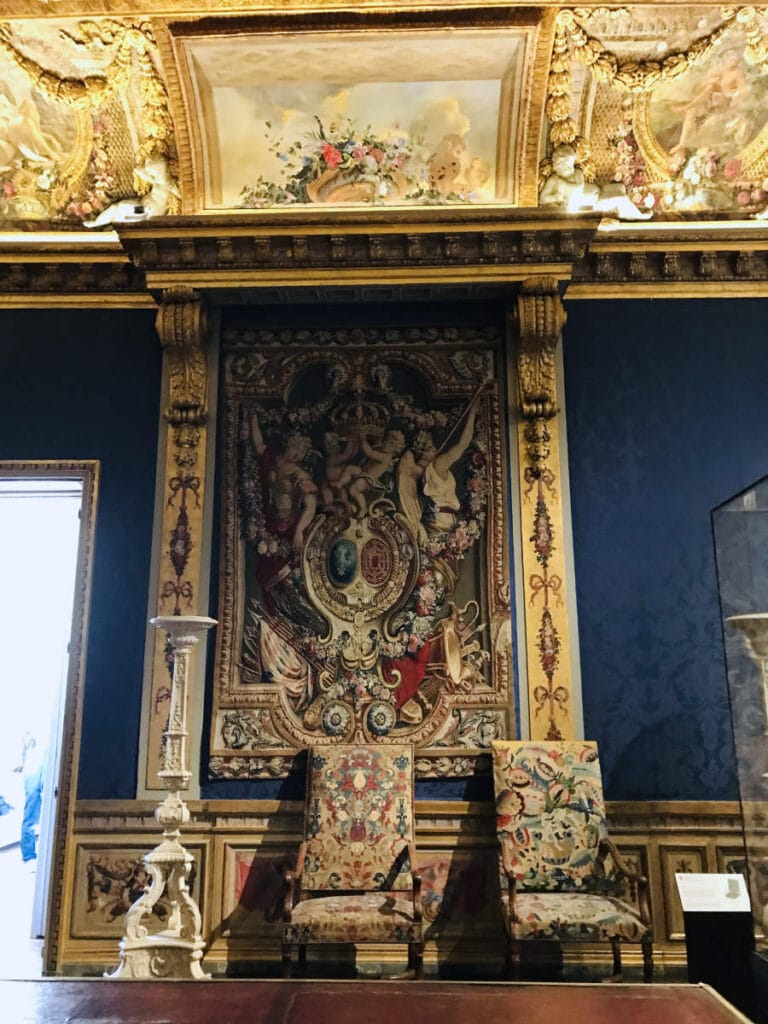
However the name Carnavelet comes from the woman who bought it from de Ligneris, a widow named Françoise de Kernevenoy who was a lady-in-waiting to Queen Catherine de Médici. The name “de Kernevenoy” is of Breton origin, and became bastardized to “Carnavalet”.
Today, it is one of the oldest hotel particuliers of its kind in the Marais. The mansion next door that it is attached to, the Hôtel Le Peletier de Saint Fargeau, is newer having been built at the end of the 17th century. The famous French writer Marcel Proust lived here for a while, and the museum still
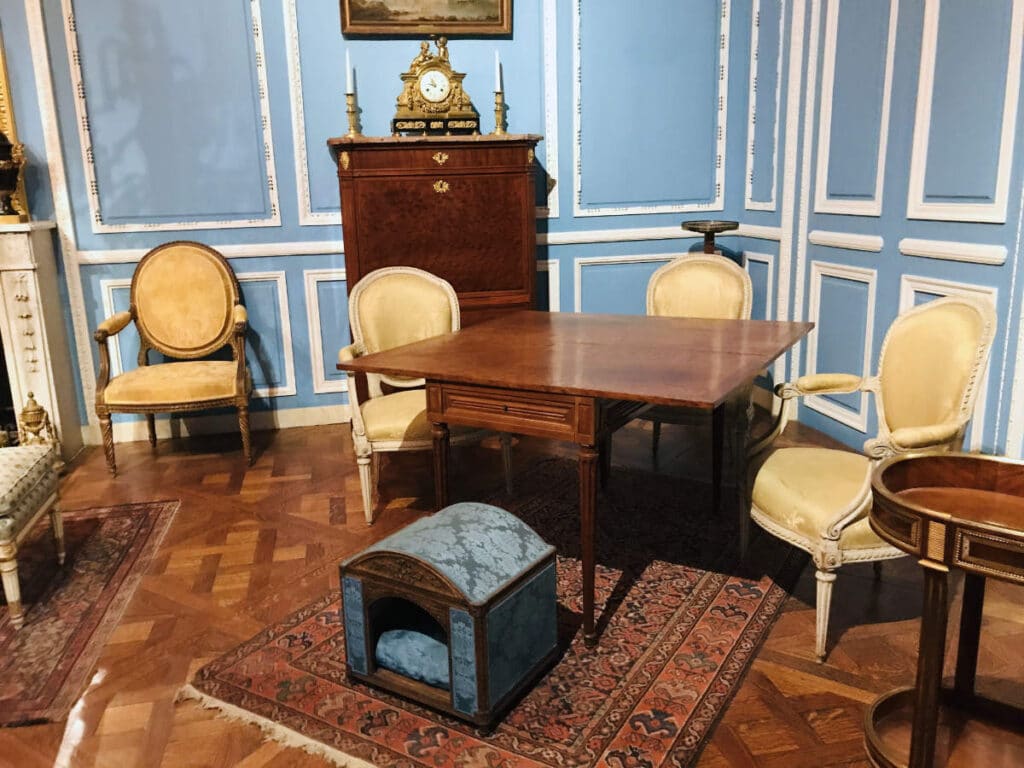
Both properties were purchased by the City of Paris in the 19th century, although were not initially connected. The Musée Carnavalet opened in 1880, while next door was turned into Bibliothèque historique de la ville de Paris (meaning “Historical Library of the city of Paris”).
The two buildings were only connected in the 1980s, and undergone several renovations to become the official museum about the history of Paris.
Museum Highlights
The Carnavalet houses one of the largest collections of Parisian artifacts and historical documents, detailing the ups and downs of the French capital over the centuries.
The museum’s impressive collection includes paintings, photographs, engravings, and sculptures that reflect the city’s political, cultural, economic, and social history. It is broken down into sections with highlights as follows:
1. Gallo-Roman Period: From the days of Lutece
Starting at the lower levels in prehistoric times, there is everything from old Gallic pottery and jewellery to Roman statues and wall carvings. In Roman times, the city was called Lutèce.
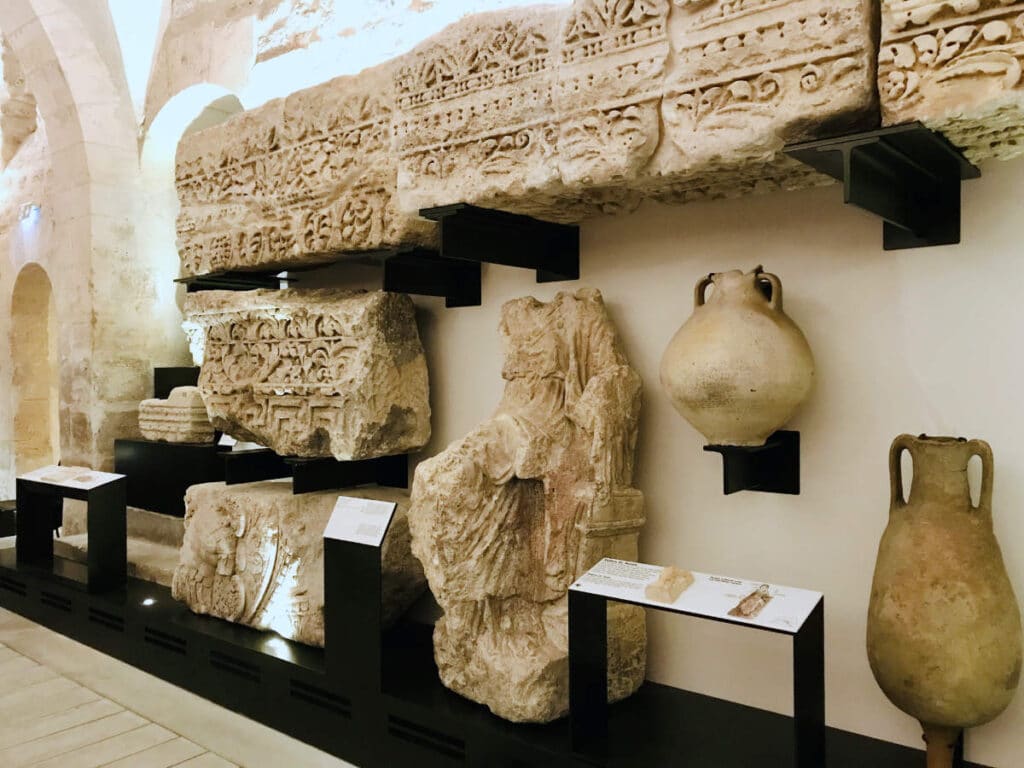
While not the largest city in France at the time (that honor went to Lyon), the ancient city of Lutèce prospered given its strategic location on the Seine river.
2. Medieval Period and Renaissance
In a series of beautifully decorated rooms, you will find objects related to the nobility of the Medieval and Renaissance periods. There is everything from portraits of King François I to artwork showing how Paris looked at that time.
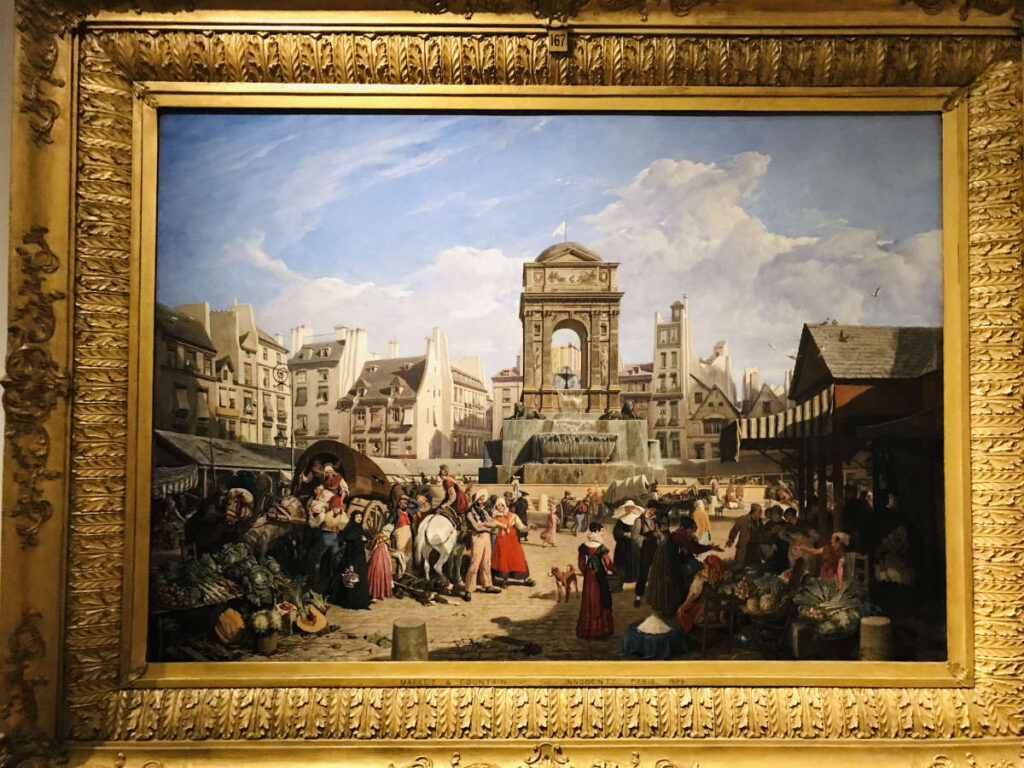
In addition, the famous French letter writer Marquise de Sévigné (popularly known as “Madame de Sévigné”) lived in the Hôtel Carnavalet in the 1600s and the museum holds many objects related to her such as portraits, autographs, and items of furniture.
3. French Revolution
One of the larger permanent collections is dedicated to the French Revolution and its aftermath. The old guard was swept away and the Reign of Terror swept over France, and particularly Paris.
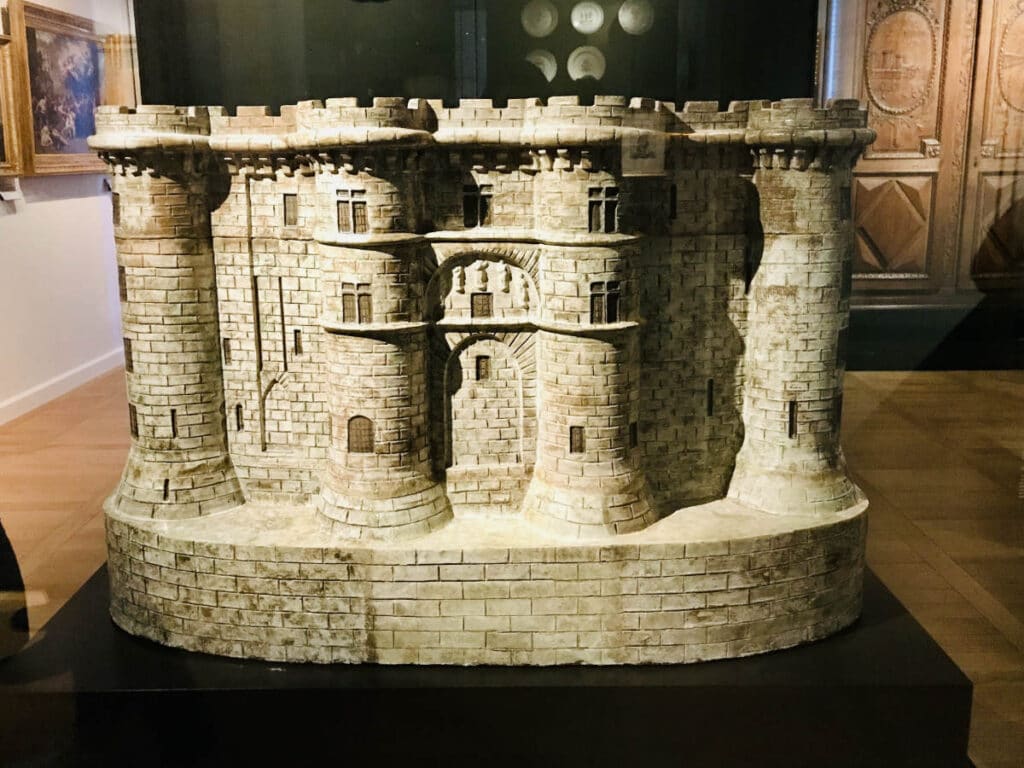
There are various models and portraits of King Louis XVI, Marie-Antoinette and their family, showing them in their finery as well as portraits of them in prison. There are also several posters advertising the new “Age of Enlightenment” and the fight for “Liberté, Equalité, Fraternité“.
4. 19th century, Belle Epoque, and 20th century
In the 19th century, the city of Paris was reimagined by Emperor Napoleon III (nephew of Napoleon Bonaparte) and his architect Baron Haussmann. Old medieval buildings were torn down and wide new boulevards with a new Haussmanian architecture took over much of the city.
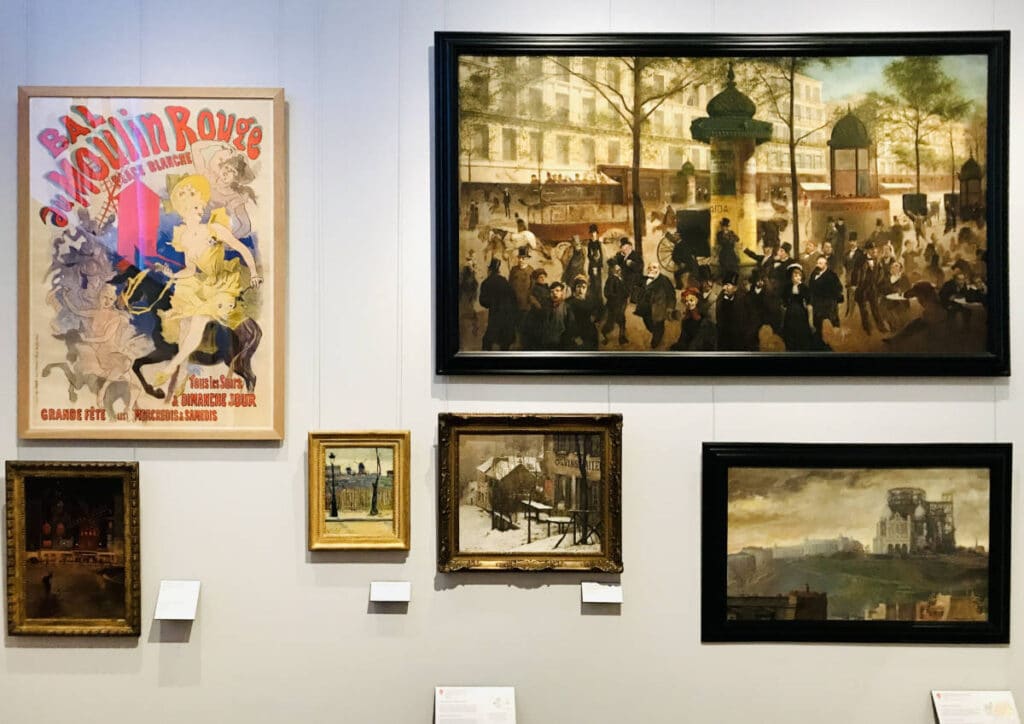
The exhibits about protests of the Commune de Paris make way to the Belle Epoque era and the famous artists that flocked to the city in the late 19th and early 20th century.
I should note that the 20th century of WWI and WWII, when Paris was bombarded and occupied by German troops, is not featured at the Musée Carnavalet. For that you will have to visit Les Invalides and the new Musée de la Libération de Paris.
How to get there?
Address: 23 rue de Sévigné, 75003 Paris, Metro Saint-Paul on Line 1
The museum is located in Paris’ 3rd arrondissement, in the heart of the Marais neighborhood. It is open everyday from 10am-6pm, except on Mondays when it is closed.
The museum is newly renovated with elevators, and is wheelchair and stroller accessible for the most part. Entry to the permanent exhibition halls is free, although you may need to reserve a timeslot.
How long do you need at the museum?
The Musée Carnavalet is relatively small, so I would plan to spend about 2-3 hours there. It is in the bustling Marais area, so you can combine a visit here with other sights such as the Place des Vosges which is a few 100 meters away.

If you enjoyed this article, you might like to read more about things to do in Paris. A bientôt!
